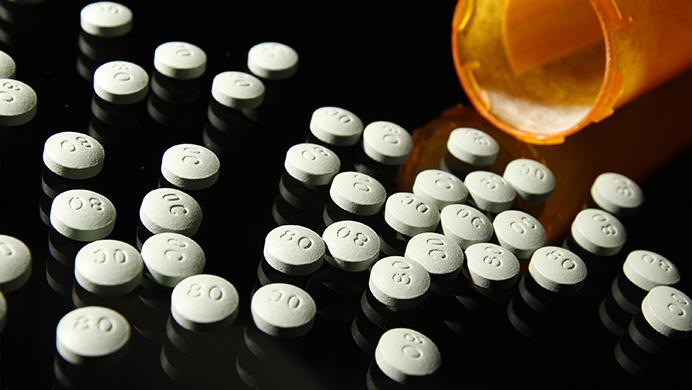Rap culture has been around for decades with constant evolution and change backing its tracks. The Internet opened the doors for this change, and with the creation of music streaming, those doors were blown right off.
Today, you can find more than 1 million artists online, and in that large group, you can find subgroups. A subgroup that seems to have gained a lot of popularity recently is Xanax culture rap, a genre where artists such as Lil Pump and Fat Nick use and promote Xanax in their music more normally than the average rapper. Xanax is at the core of these rappers’ identities.
With both of them at a young age, they have a lot of influence over younger listeners. Lil Pump is only 17, making him part of Generation Z, the generation of kids born after 2000.
This isn’t about what Lil Pump does though; it’s about the glorification of Xanax itself. While celebrity glorification has always been common, it has been known that it can have negative effects.
According to the 2014 Monitoring the Future survey, 13.9 percent of teenagers report using prescription drugs for nonmedical purposes. While this includes other prescription drugs, Xanax seems to be one of the most popular prescription drugs abused by teens. While rap culture cannot be blamed for this, it is an open stage for us to see just how much influence Xanax culture has gained.
The 2013 National Survey on Drug Use and Health showed that young adults were the most likely to abuse Xanax for nonmedical purposes. The rate of abuse for those ages 18-25 is 10.3 percent, nearly double that of people ages 26 or over.
This glorification of Xanax culture has been on the rise in recent years. According to a study by Acadiana Addiction Center, more than 39 million Xanax prescriptions were written in 2015.While this itself might not seem like an issue, the study also reported that 16 million people were using Xanax and other benzodiazepines for nonmedical purposes.
That same year Iowa saw an influx of benzo prescriptions. These prescription numbers rose from 14,000 in 2014 to 15,000 a year later. Xanax itself accounted for 6 percent of those prescriptions.
The Centers for Disease Control and Prevention reported in 2015, there were 309 deaths attributed to prescription medications in Iowa. While the overdose deaths are down, overall use of Xanax itself has increased.
While this rise isn’t due to rap culture, and one cannot blame rappers for this increase, what you can blame is the glorification of the drug culture itself. This needs to be a time of support, not a time to look for blame.
Xanax, while an effective medication, can be easily abused, and by glorifying the culture behind the drug, one is discounting those dangers.










